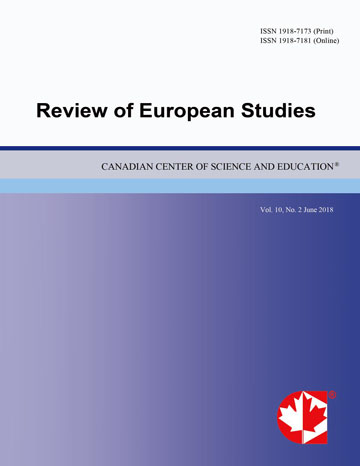Modeling Spatial Development Relationship between Sub districts: Case study in Ngawi, East Java, Indonesia
- Haryono -
- Soemarno -
- Surjono -
- Imam Hanafi
- Anwar Fitrianto
Abstract
Spatial development focuses on inner strength, through the development of community participation initiatives and creative, and productive, with the utilization of economic resources, social, technological and institutional, to support the creation of jobs for residents and local community. Modeling the connection of empowerment of each district to eliminate the gap between regions is required. This study uses descriptive statistics and quotient location to identify the location and concentration of excellence spatial development in order to know spatial relationship between sub districts. Spatial development linkages among sub districts are based on management scale; scale the position of the city and its territory; regionalization of the area; base development; forms of representation of the relationship of functional integration.
- Full Text:
 PDF
PDF
- DOI:10.5539/res.v7n11p45
Index
- ACNP
- CNKI Scholar
- DTU Library
- Elektronische Zeitschriftenbibliothek (EZB)
- EuroPub Database
- Excellence in Research for Australia (ERA)
- Genamics JournalSeek
- Google Scholar
- Harvard Library
- HeinOnline
- Infotrieve
- JournalTOCs
- Mir@bel
- Open policy finder
- RePEc
- ResearchGate
- ROAD
- Scilit
- Technische Informationsbibliothek (TIB)
- The Keepers Registry
- Universe Digital Library
- WorldCat
Contact
- Paige DouEditorial Assistant
- res@ccsenet.org
